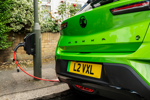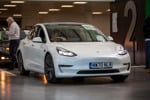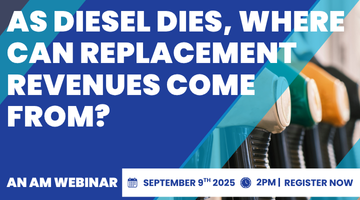In the bleak mid-winter, as buyers shun showrooms and recession looms, it’s a difficult time to be selling cars. Especially big, thirsty and expensive ones. But to find out just how difficult, I recently spent a day in Stuttgart speaking to the top brass at Porsche.
This purveyor of iconic sports cars and upmarket SUVs has suffered a 30% fall in sales this year and the slump is worsening, according to the latest figures. Did executives look at the headlines every day and consider packing their bags, I asked senior board members.
“It’s difficult right now but it will not stay this difficult,” claims Dr Wolfgang Dürheimer, Porsche’s executive vice-president for R&D. “We would jump out of the window if we took the bad news badly.”
He argues that new product stimulates demand – even in a weakening marketplace. Porsche has just unveiled the 2009 Panamera super-saloon and this fourth model line should add at least 20,000 sales as the company moves into the phwoar-door sport saloon market.
It’s a reminder that companies need to innovate to survive when times are tough. And Porsche knows a thing or two about survival. As recently as 1995, the company sold just 21,000 cars – a fifth of today’s volumes.
“Back in 1994-95, Porsche was not in a good shape and we did not sell enough cars or make enough profit,” says Dürheimer. His solution? To launch a family of related new products, such as the Cayman/Boxster/911 (which share half their parts) and the Cayenne SUV. Many mock the Porsche faux-by-four, but it now accounts for nearly half the company’s sales globally.
The company had the vision to reinvent itself and hasn’t looked back. Porsche is now the world’s most profitable car maker per car – and about to buy Volkswagen. The minnow is eating the whale.













Login to comment
Comments
No comments have been made yet.